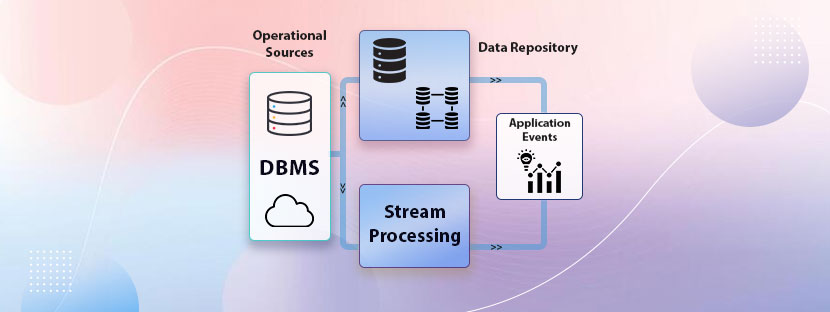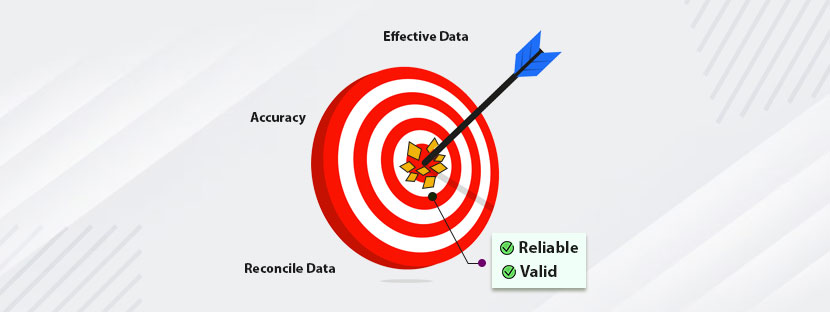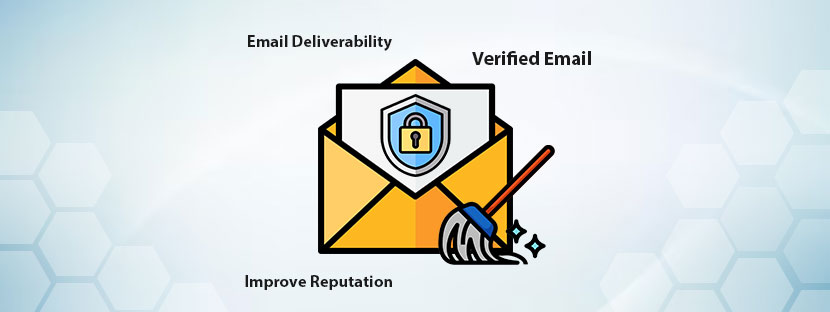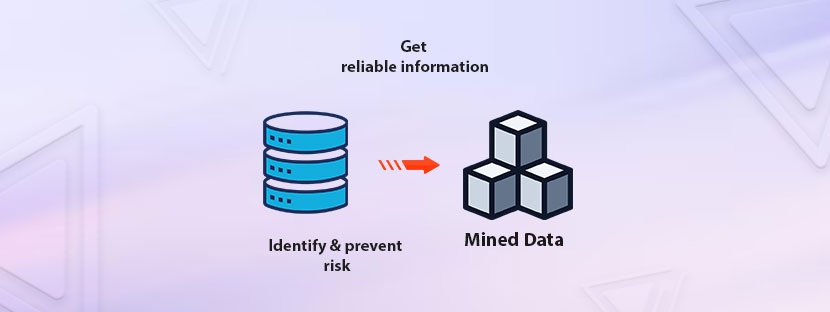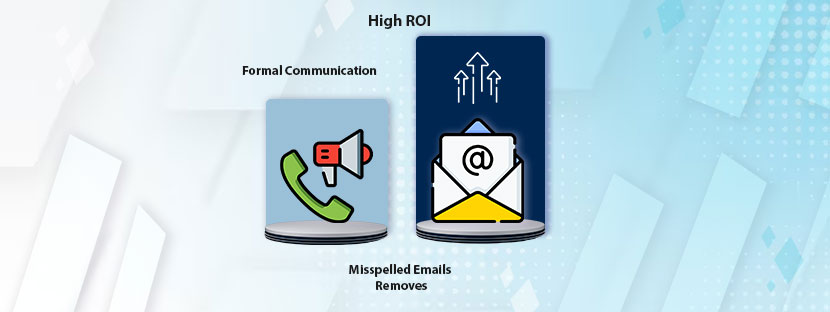Dirty data can tremendously affect your marketing efforts, that’s all you may know. But have you ever got a reference on how to make your data clean and keep your marketing operations back on track again? If not then welcome you to this blog. Here we will elaborate on data hygiene best practices for your help.
Let’s get into it.
Why Updating the Business Listing Database is so Important?
Continuously updating business listing information fetches your short-term as well as long-term success. Changes and updates in the listing database are some of the best strategies to optimize the leads. Over time, the quality of information in business listings gets depreciated and causes errors. Therefore, the task of data hygiene comes as a savior at that time that updates the existing data. Updating business listings using data hygiene best practices is important because;
Explore new possibilities and expand your reach further. Adding new information through updates strengthens your business listings.
Easily get discovered by new customers when you frequently update your listing. Because every time you update your information it reaches to new segment of customers.
Get your with more leads. Updating the existing listing information repeatedly increases visibility and provides you with more leads.
Now it’s clear to you why businesses stress more on updating their listing. However, if you do not update your listing the information stored in your list would get lost in track. Gradually, it will lead to bad data. So, following up on data hygiene practices can help you update your business listing in the best possible manner. Find the best ways to maintain data hygiene in the following sections.
Check Out Data Hygiene Best Practices

Data hygiene is a strategic method that keeps outdated data in check. Businesses can successfully avoid getting dirty data with a solid data hygiene strategy. Following up on data hygiene strategies helps businesses save money in various ways. Let’s discuss what are the methods available to you to clean out your business listing database.
Conduct a detailed audit.
How would you know if your data needs an update or not? Conducting a data audit amazingly helps you to do so. An audit report can provide you with a roadmap on what you should do to maintain data hygiene. Business experts always start their processes with an audit report as it clarifies the business needs in detail. The same rule applies here in data policies also.
Auditing of your database should be done as a surprise checking otherwise it will not reflect the true condition of your listing information. To simplify it, you can start by doing cross-checking on various things. For example, you can start by checking whether your business addresses are correctly entered into the listing database or not. If you find mistakes then you must go beyond and further to point out the areas where you need to work.
Once you highlight all areas where data hygiene is required, you can start with the implementation plan and look for the next step.
Establish data governance principles.
Maintaining data quality up to the mark is everyone’s responsibility. Planning a data governance structure can amazingly benefit the business in various measures. From frontline employees to C-suite leadership, data governance principles will act as the best data hygiene practices there.
To adopt data governance principles in every layer of operations, the organization has to follow a standard operating procedure (SOP). Successfully managing data ownership can prevent data from becoming obsolete. The principles will let your data get updated on time without any delay and regain your strength on it.
Establish data governance principles.
Maintaining data uniformly across different databases should be the ultimate goal here. Following up on the best data hygiene practices will let you do so. Uniformity in the database eases to clean up the junk data and minimize data update time. Let’s check how you can maintain uniformity in the business listing database.
Validate and rectify your data.
Data hygiene does not end after removing the wrong or outdated data. You need to replace the data with valid information. Only then the process will get its complete shape. Therefore, the data you have planned to replace with the old ones must be validated before execution. Replace outdated information with valid information, which is recent and current.
Apart from that, you need to verify the information source before putting it into the business listing database. The data hygiene best practices involve the deduplication of records to remove duplicated data. You need to focus on that too.
Final Words
Doing data hygiene matters by yourself can do good but not provide you with the best results. However, when you choose a data hygiene company to do so, it will provide you with great results. At AskDataEntry, we are working as per the data best hygiene practices to clean our client database. You can contact us too if you need some professional help.

